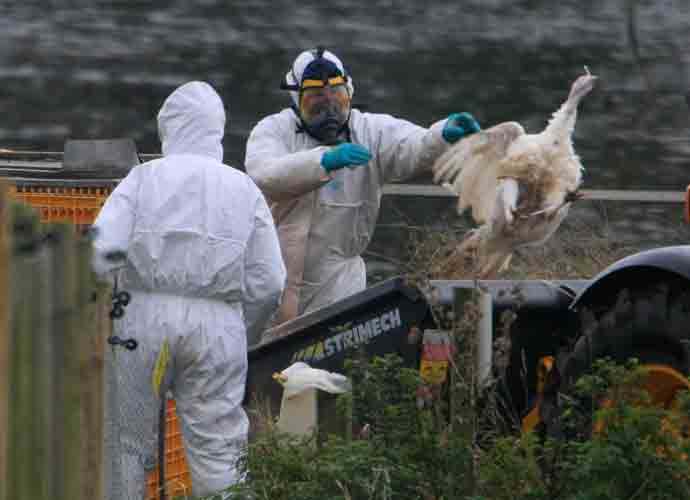Bird Flu Outbreaks Escalate Across The U.S. As Experts Sound The Alarm
The United States Department of Agriculture (USDA) Animal and Plant Health Inspection Service (APHIS) has reported a concerning increase in the number of H5N1 avian influenza outbreaks, raising the national total to 181 from 13 states.
The latest cases come from Colorado, South Dakota and Texas. In addition to the dairy cattle outbreaks, APHIS has also reported a significant rise in H5N1 detections among wild bird populations across several states. These include waterfowl harvested by hunters last fall and agency-harvested birds from Colorado’s Weld County, which has emerged as a regional hotspot for the virus.
In an effort to curb the spread of the virus, Colorado has enforced a new mandate that requires milk supplies to be tested for the flu every week. The outbreak in Colorado has been particularly severe, and in late July, the state confirmed that 47 dairy herds had been infected since the initial U.S. outbreak in cows began in late March.
The species found positive in Weld County include doves, sparrows, starlings and pigeons, but the concern extends beyond just poultry and wild birds, as APHIS has also confirmed 373 H5N1 detections in mammals. The majority of these new positives involve deer mice and house mice from Weld County in Colorado. Additionally, three domestic cats from Larimer County, Colorado, a rabbit and a vole from Weld County, have also tested positive for the virus.
This broad spectrum of wildlife and domestic animals affected by bird flu underscores the potential of the H5N1 virus and the need for heightened surveillance and mitigation strategies to prevent further spread and potential human transmission.
The CDC has indicated that it is prepared for this as part of the federal government’s broader preparedness efforts, which include the stockpiling of bird flu vaccine doses.
RELATED ARTICLES
Get the most-revealing celebrity conversations with the uInterview podcast!




 by
by 



Leave a comment